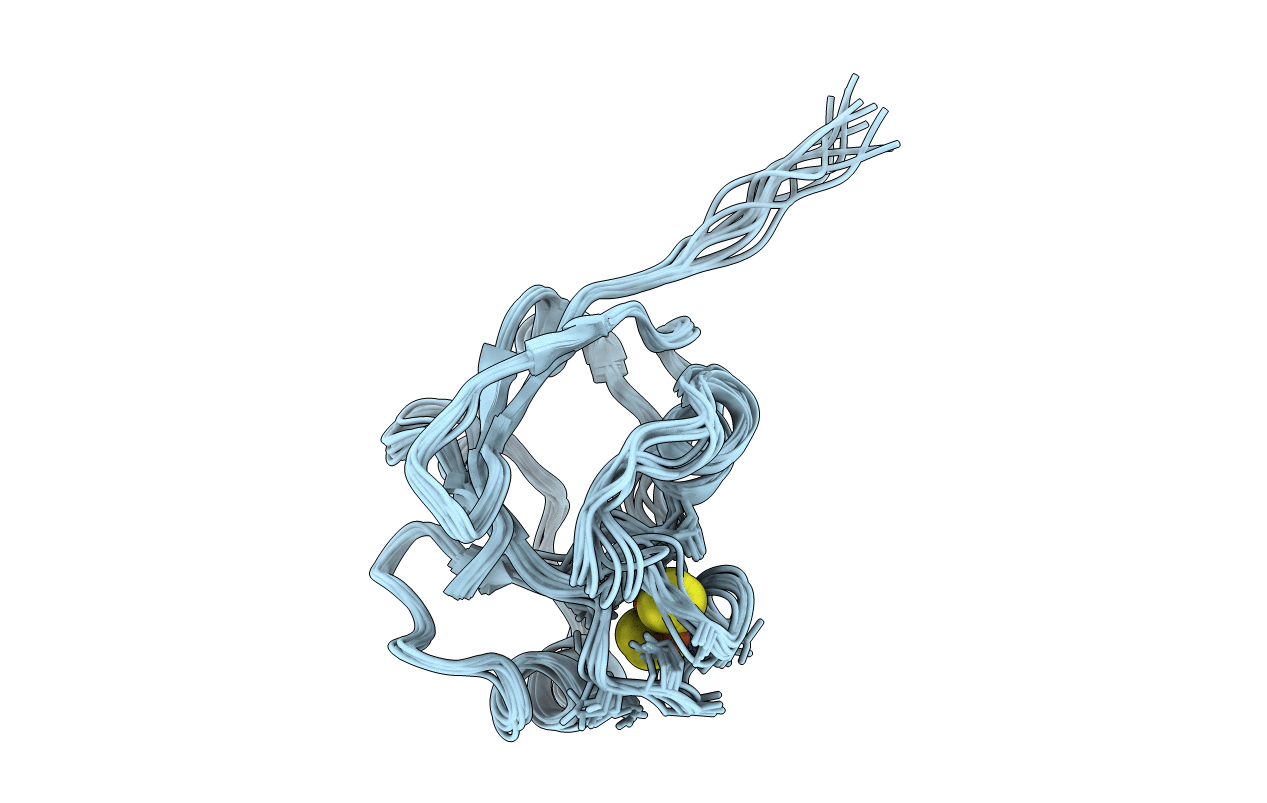
Deposition Date
2002-03-14
Release Date
2002-06-26
Last Version Date
2024-10-30
Method Details:
Experimental Method:
Conformers Calculated:
50
Conformers Submitted:
10
Selection Criteria:
structures with the lowest energy


